Unless you fall off, cycling carries a relatively low risk of injury.
But like any endurance sport, cycling can produce a catalogue of niggling aches and pains. Unless diagnosed and properly treated they can lead to something more serious.
The common-sense answer to any lasting pain is to stop what you’re doing and seek professional advice, for example from a physio.
But to give your pain a name and point you down the right road to recovery, we’ve listed the most common cycling injuries, their most likely causes, and how to go about fixing each problem:
Ultimately, there are two main types of cycling injury, other than the flesh wounds, breaks and concussion caused by the trauma of falling off.
They're strains and pains caused by overtraining, and injuries resulting from biomechanical stress caused by muscle imbalances or incorrect bike setup.
“It’s the root cause of pain that you need to find,” explains Barry Edwards, from Team Bath’s Physiotherapy & Sports Injury Clinic in the UK. “Stretching, massage and trigger points can alleviate symptoms, of course, but if you don’t deal with the causes, you get the same symptoms again as soon as you get back on the bike.”
Hand pain

Probable cause
Ulnar neuropathy causes a numbness or tingling sensation in the hands, commonly in the little and ring fingers.
The condition often comes about after long rides where you’ve been keeping your hands in the same position for extended periods of time.
Hand pain isn't just by the pressure from your weight but also the transmission of road ‘buzz’ and vibration through the bars.
Treatment

If you suffer from this, the first thing to address is your riding position to take pressure off your hands and redistribute your bodyweight more appropriately.
“More often than not, the solution is to shorten your reach,” says Edwards. “That way, more of your weight will be borne by the saddle.”
Wearing the best cycling gloves with gel padding over the ulnar area or wrapping the best handlebar tape on your bike can help remedy the issue.
There are even systems that put extra foam or gel padding along the bar tops under the tape to cushion the contact area, such as Specialized's Body Geometry Bar Phat and Fizik's Bar Gel.
Hip pain
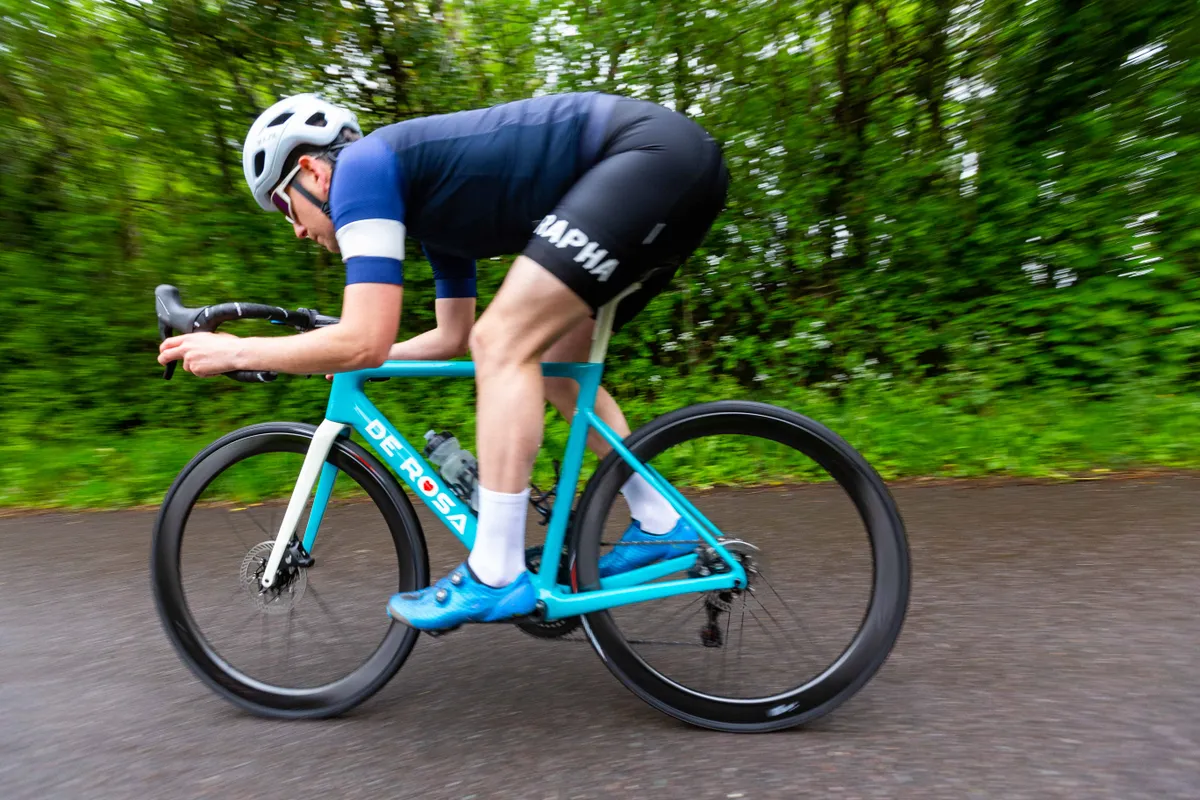
Probable cause
Hip pain can be a frequent occurrence when cycling.
It is a common women's cycling injury due to bikes predominantly designed around male anatomy.
Piriformis syndrome, also known as wallet syndrome, because of where it hurts, is often caused by overtraining and specifically by overworking the gluteus maximus muscles in your buttocks.
The piriformis is a small muscle that rotates the leg outwards. Because this isn’t a movement cyclists need to do much, the muscle can shorten and weaken.
If overstressed, it can build in size to the point of putting pressure on the sciatic nerve, causing pain or numbness down the leg or in the hip – which is why it’s a common cause of sciatica.
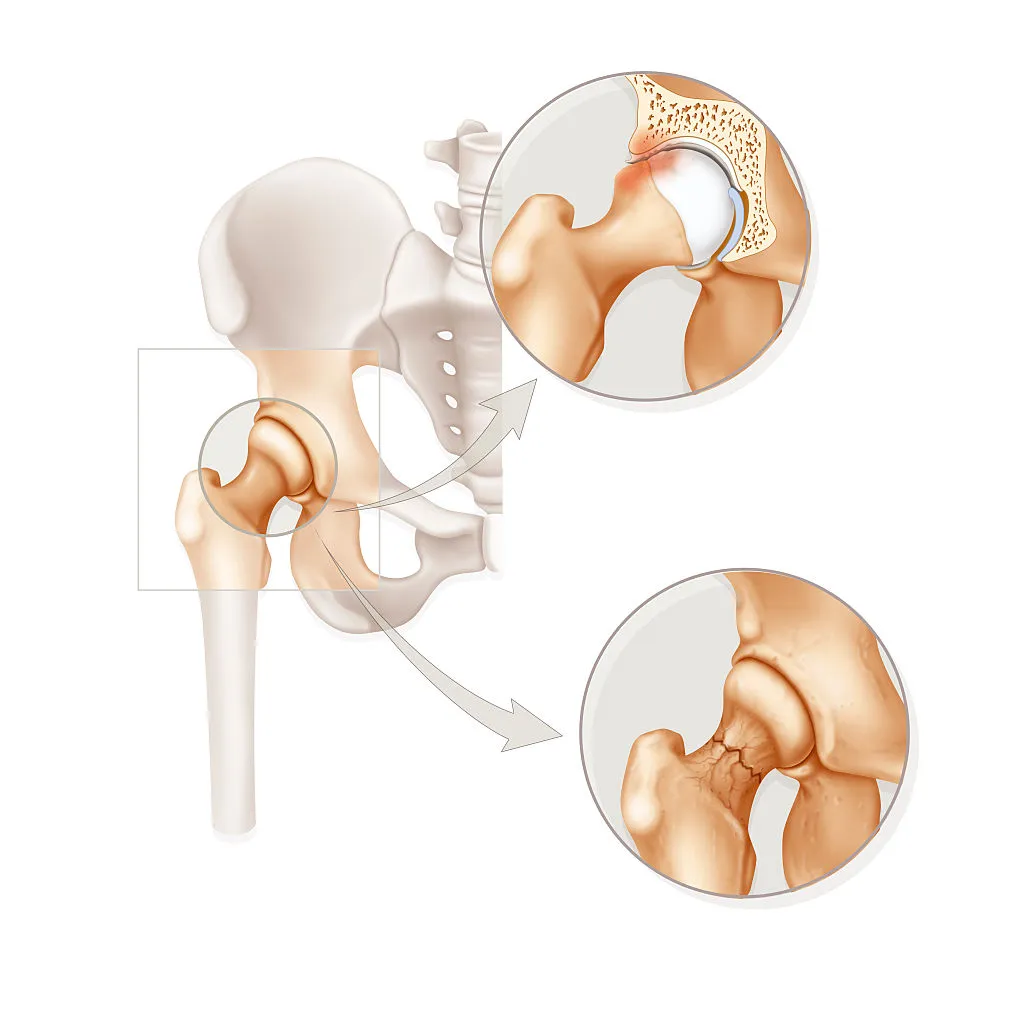
The second common cause of hip pain from cycling is hip impingement, according to Team Jayco Alua and Team Bike Exchange-Jayco physio Dan Guillemette.
Joint damage often sustained from playing other sports prevents the ball-shaped femur bone from freely moving in the hip joint.
Treatment
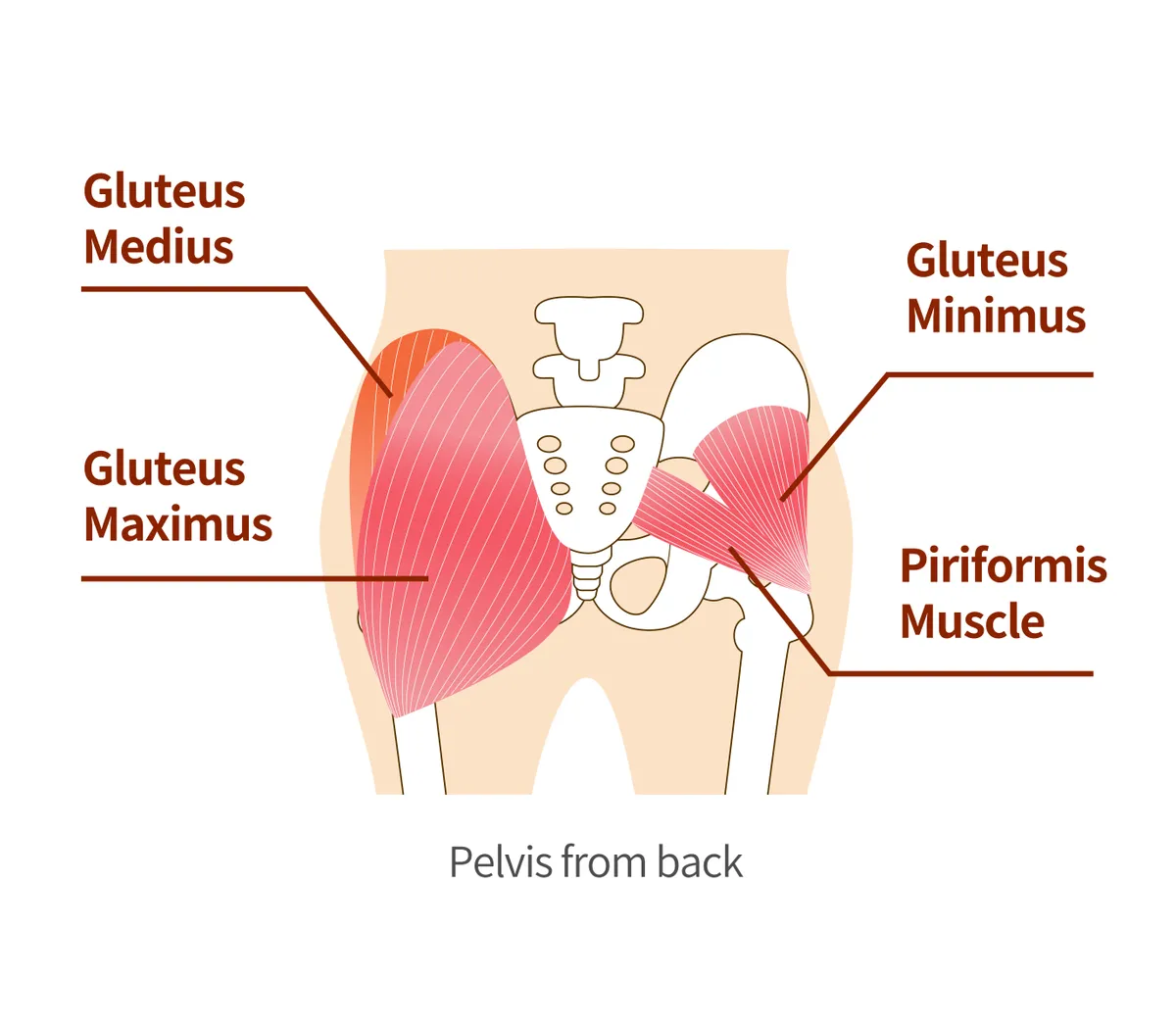
If this injury has been caused by an imbalance between muscles, where the underused piriformis becomes weak, the solution is fairly simple.
If you build better gluteal muscles for cycling, the tightness will ease off and often the pain will disappear too.
To stretch and strengthen your left piriformis muscle, lie on your back, bend both knees and cross your left leg over you right so that your left ankle rests on your right knee.
Relax, breathe out and then bring your right leg towards your chest by bending at the hip to stretch the piriformis.
Deepen the stretch by grabbing your right thigh with both hands and gently pulling it, and the left foot resting on it, closer to your chest.
Repeat the stretch with the other leg.
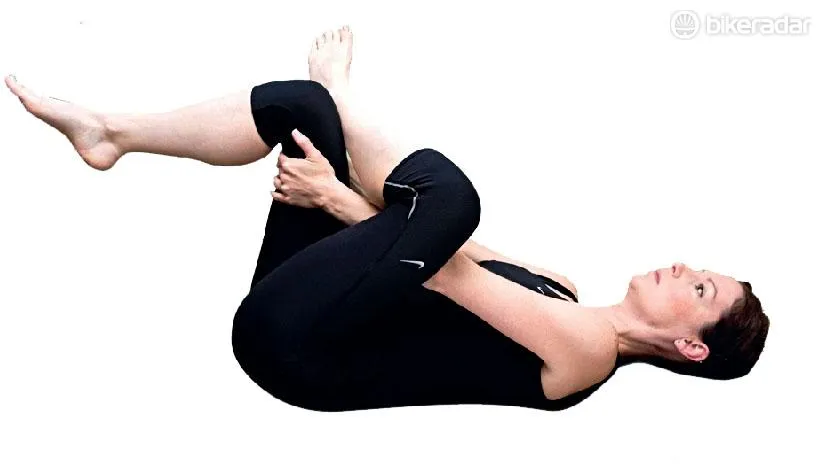
To reduce a rider's pain from hip impingement, Guillemette amends their bike fit to open up their hip angle.
Fitting short cranks, shortening reach, raising stack height and spacing cleats further apart can give the hips more room to come through the pedal stroke.
Knee pain
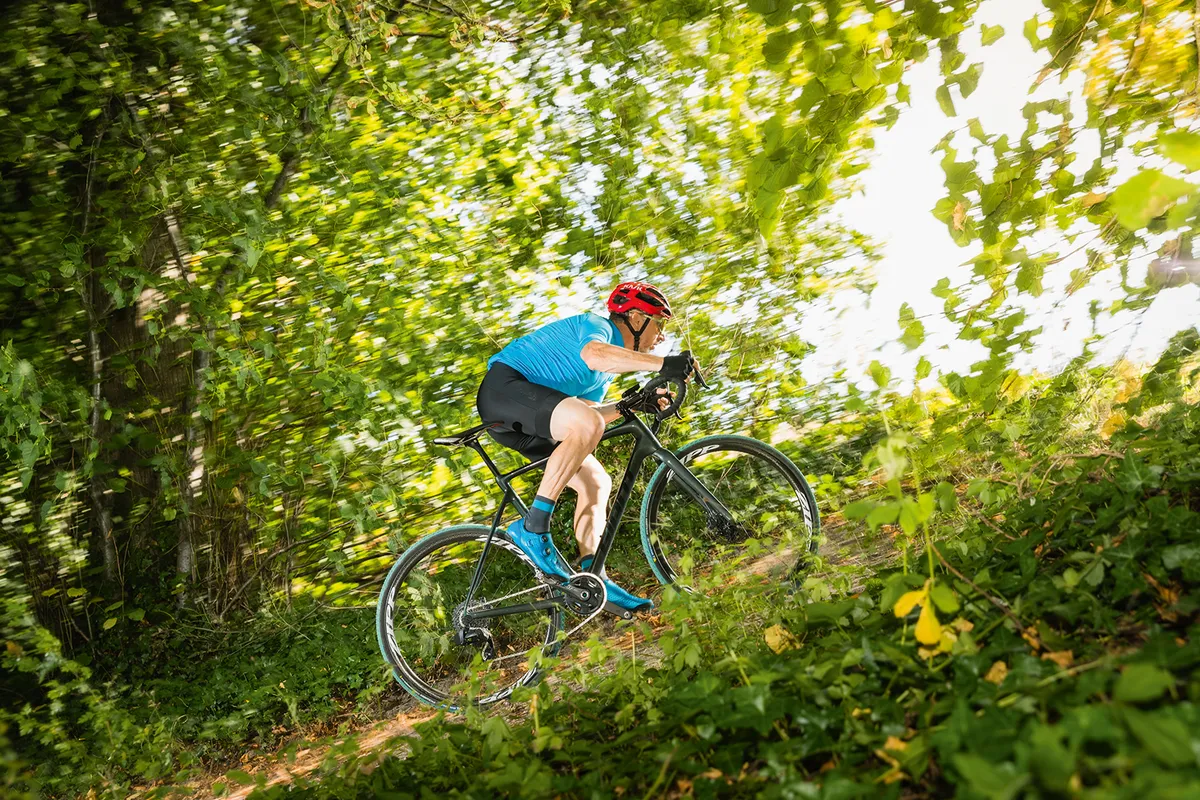
Probable cause
Although knee pain is one of the most common areas of complaint from cyclists – followed by back and then neck – it can be difficult to diagnose.
As a cyclist, there are several common knee injuries that you can probably rule out. “Meniscus tears, and damage to the anterior and posterior cruciate ligaments, are rarely caused by cycling,” says Edwards.
These injuries are more often the result of trauma, such as a heavy fall that causes the leg to bend unnaturally, or an aggressive football tackle.
One of the most common cyclist knee complaints is pain in the kneecap.
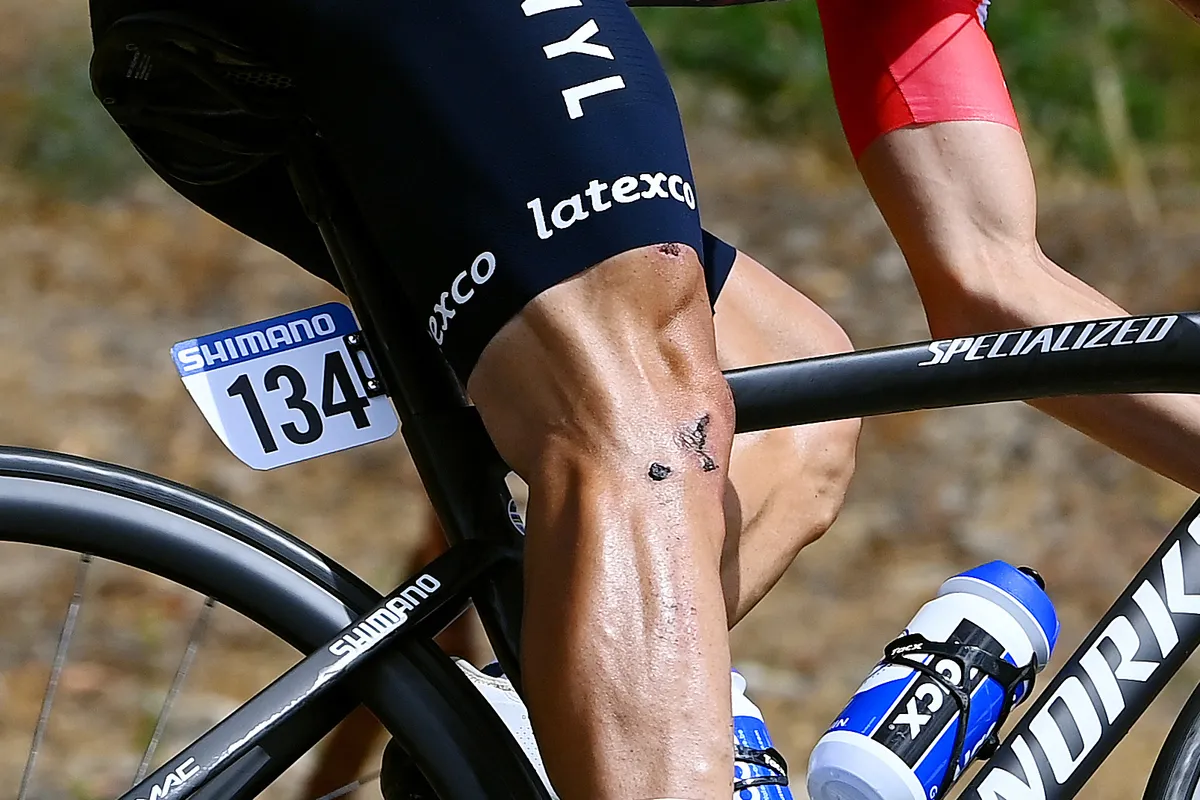
“This is likely to be the overuse injury, patellofemoral pain syndrome or chondromalacia patellae,” says Edwards, “where the under surface of the patella becomes inflamed, usually because tightness or weakness in associated muscles moves the kneecap in a way it shouldn’t as you pedal.”
If the kneecap rubs on the bones behind it, this can irritate and inflame the cartilage at the back of the cap.
The same problem can be caused by your iliotibial (IT) band becoming compressed – again causing it to rub against underlying bones.
Riding in a racing tuck on tri-bars or on the drops for extended periods doesn’t help, and pulling the knees in towards the top tube can put even more pressure on your IT band.
Considering the repetitive nature of the pedalling action – up to 5,000 pedal revolutions an hour – it’s no surprise that a problem such as this can escalate quickly into a clinical injury.

One of the most common fundamental causes of lower-body and knee pain in cyclists is a small muscle on the outside of the hip called the posterior gluteus medius.
This muscle is quite important for stabilising your hip and preventing your knees rolling inwards, and when weakened or fatigued can be the cause of many painful problems, including medial knee pain, anterior knee pain and even lower back pain.
In runners, this is one of the biggest causes of patellar tendonitis or Achilles tendon injuries.
Treatment

If the knee pain is acute, the first course of action is to apply what the experts call RICE – Rest, Ice, Compression and Elevation – and then get yourself to one of those experts.
“He or she will treat the swelling of the knee and release the IT band, but most importantly get to the cause of the tightness that caused the problem so that it doesn’t recur,” explains Edwards.
As with many cycling overuse injuries, your expert needs to assess you and your bike to see what's causing the problem.
It could be poor technique, an anatomical imbalance, poor equipment choice — such as a pedal with not enough side-to-side float — or bike setup, such as incorrect saddle height.
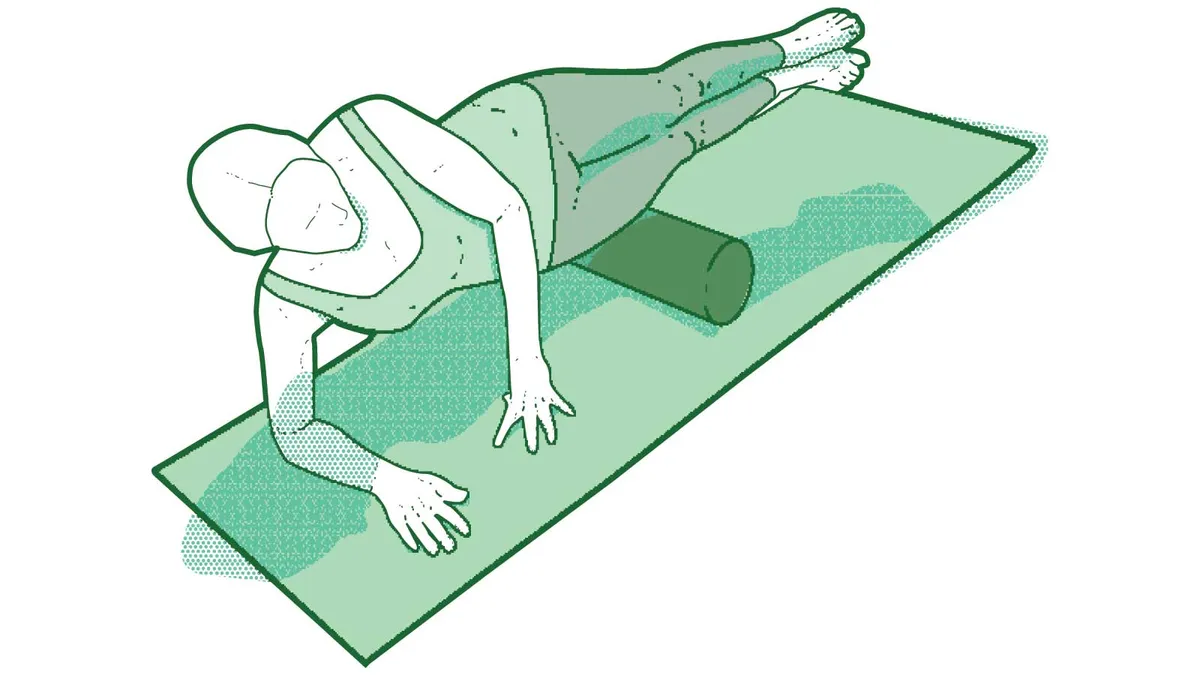
Foam roller exercises for cyclists are a great way to loosen a tight IT band – slowly rolling up and down your outer thigh is uncomfortable but effective.
To stretch your IT band, stand in a doorway with your right leg crossed in front of your left leg. Reach your left arm overhead towards the top right-hand corner of the doorway.
Put your right hand on your right hip and push slightly to move your hips to the left, deepening the stretch.
Hold for a few breaths, feeling the stretch along the outer torso, hip, upper thigh and knee of your left leg. Repeat on the other side.
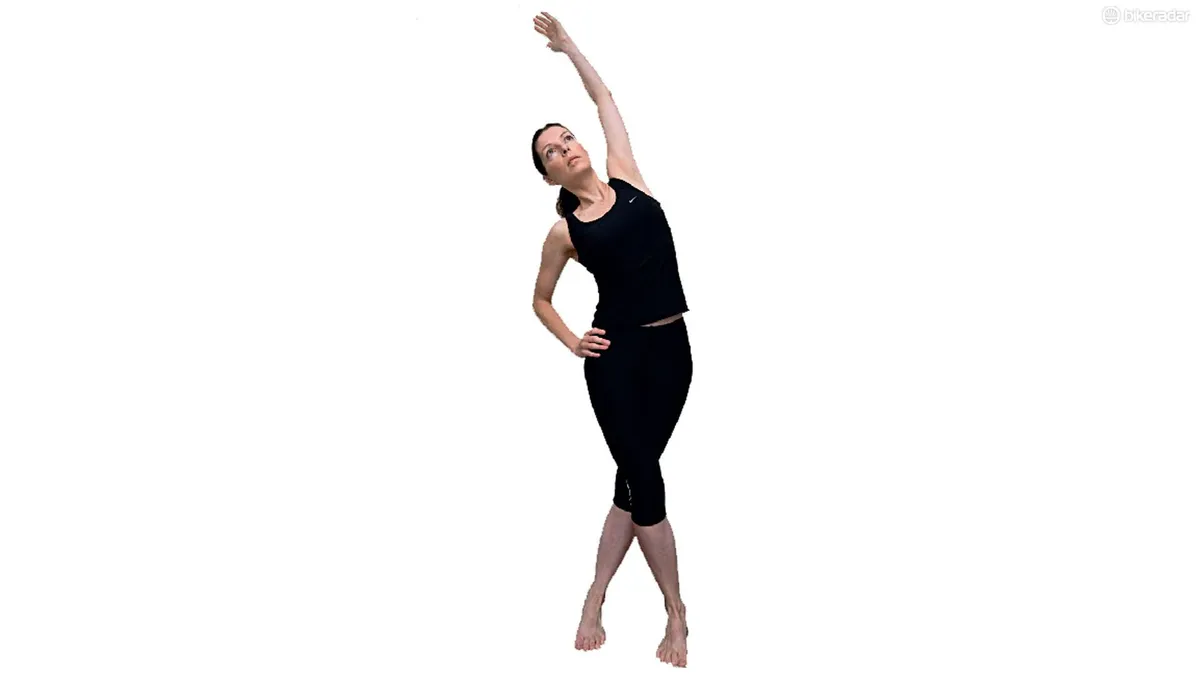
If you suspect a weak posterior gluteus medius muscle is the cause of your knee pain, you first need to confirm this. Here’s a simple test from Barry Edwards to find out if it needs strengthening:
Lie on your side with your legs straight and get someone to hold your uppermost foot about 12in in the air, parallel to the foot on the floor.
Relax, and then ask the helper to let your foot go.
When you try to catch and hold your leg in the air, if your outer hip muscles are weak, your foot will move forwards because the hip flexors and your knee will roll inwards as your brain recruits stronger muscles to keep your foot up, instead of using the weak posterior gluteus medius muscle.
To strengthen this little muscle, isolate it by lying on your side, with knees and hips flexed to about 70 degrees, says Edwards. “Lift the top knee off the bottom one by rotating through the hip as in the test exercise, to recruit and strengthen the posterior gluteus medius.
Other functional work will include carefully analysing your bike setup and pedal stroke, ensuring that the knee remains over the foot throughout.
"We’d also check the cleat alignment to ensure that the foot is neither toed too far in, nor too far out.”
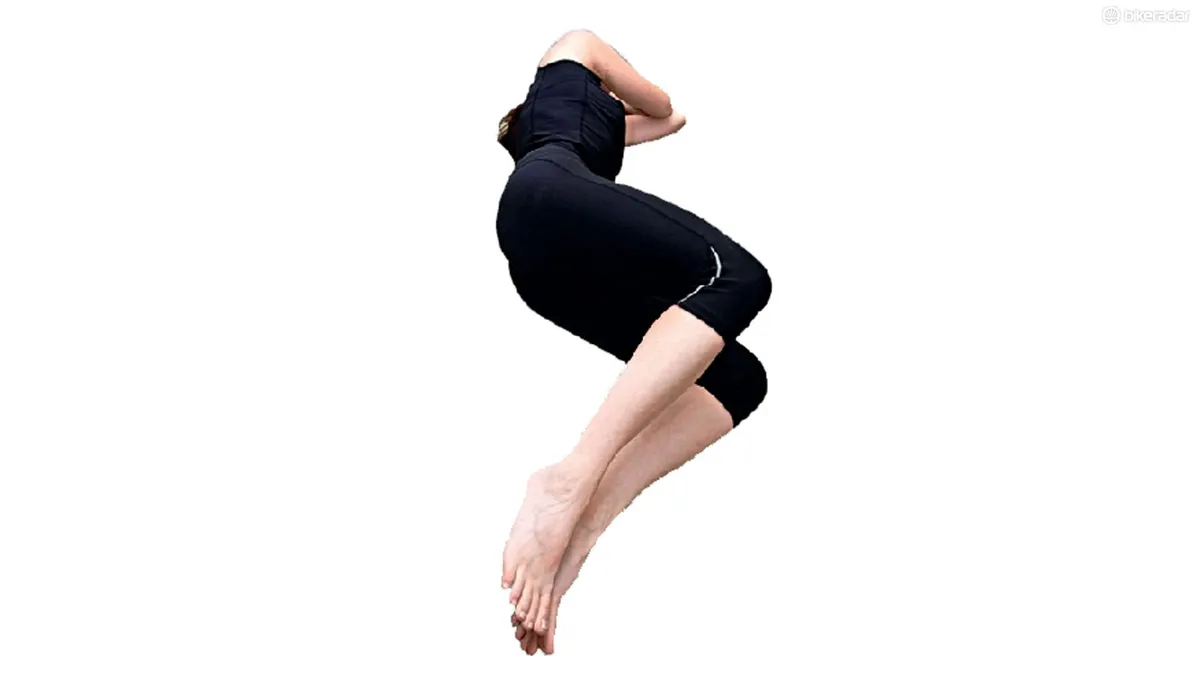
Stretching out your knee is also important, and this simple exercise is ideal for helping to release tension.
Lie on your side with both legs straight out below you, then gradually bend the lower leg until you feel a stretch around the knee joint.
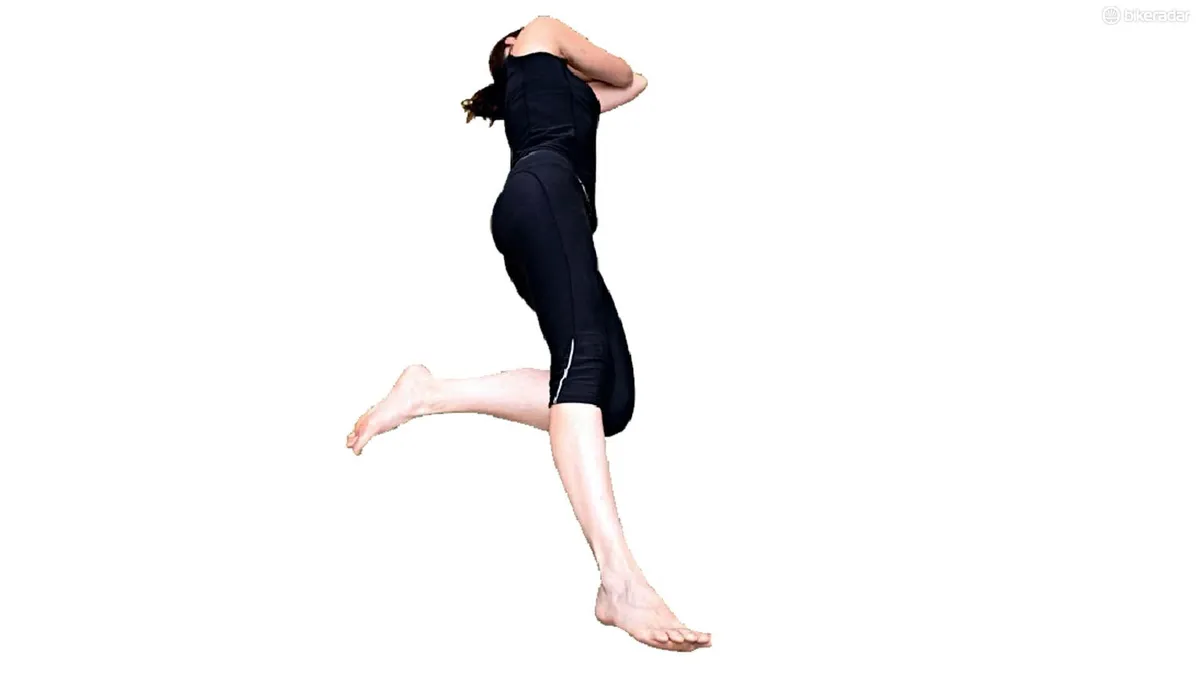
Neck pain
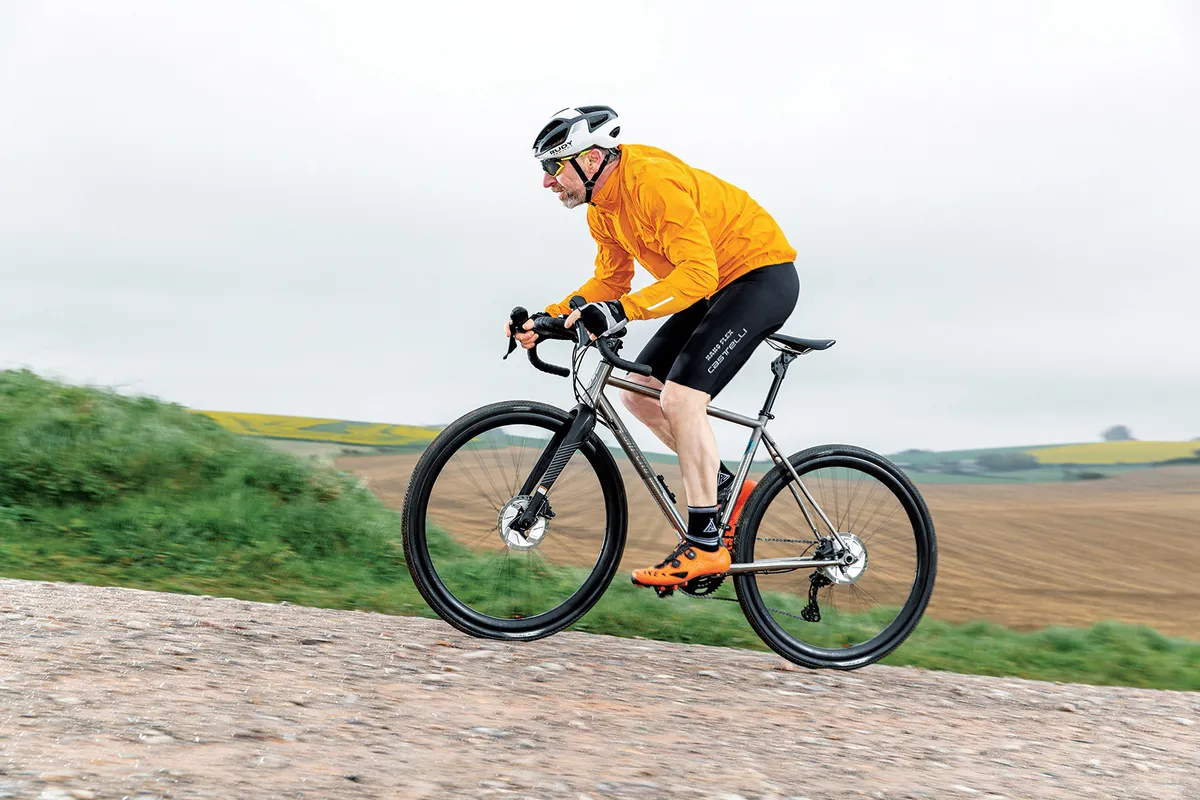
Probable cause
Neck pain from cycling is often caused by hyperextension and is also normally exacerbated by positional issues on the bike, combined with lack of flexibility. “Just as you have core stabilisers around your middle,” says Edwards, “you have stabiliser muscles called deep neck flexors around your neck to hold your head up.
"When they become weak, it is left to the trapezius muscle that goes from the base of your skull to the shoulder to support your head as you lean forward.
"It’s when these stand-in muscles get fatigued that you get the aches and pains in the back and sides of your neck.”
Treatment
“To restore balance to your neck’s supporting muscles, and for a long-term solution, you need to strengthen the deep neck flexor muscles,” adds Edwards.
Here’s how: lie on your back with your head on the floor and knees bent.
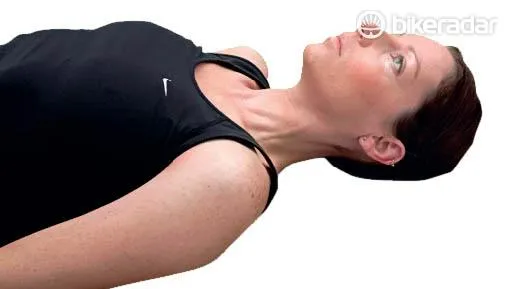
Without moving your head at first, fix your focus on a point just above your knees, then follow your eyes with your head as if you’re nodding ‘yes’, pulling your chin in towards your throat, without lifting your head off the ground.
Hold the stretch for 10 seconds and then gently return to the start. Repeat 10 times every day.
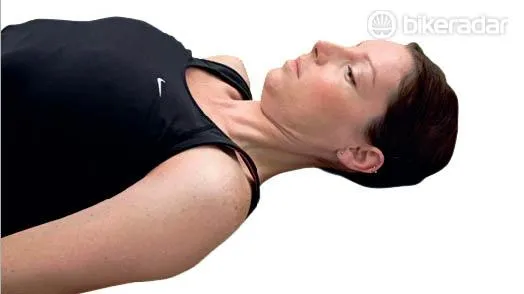
The easiest way to avoid neck pain is to change your road bike position so that you don’t have to crane your neck up so severely.
“If you’re reaching too far forwards, or your handlebars are too low,” says Edwards, “the obvious first step is to use a shorter stem to shorten your reach.”
Turning it upside down will also raise your bars, helping you ride more upright and reducing the strain you’re putting on your back and neck.
“Don’t forget to change your hand positions from the drops to the tops at regular intervals," Edwards adds, "and sit up on the bike to stretch, straightening out your neck and back to vary the loads on the different muscle groups.”
Back pain
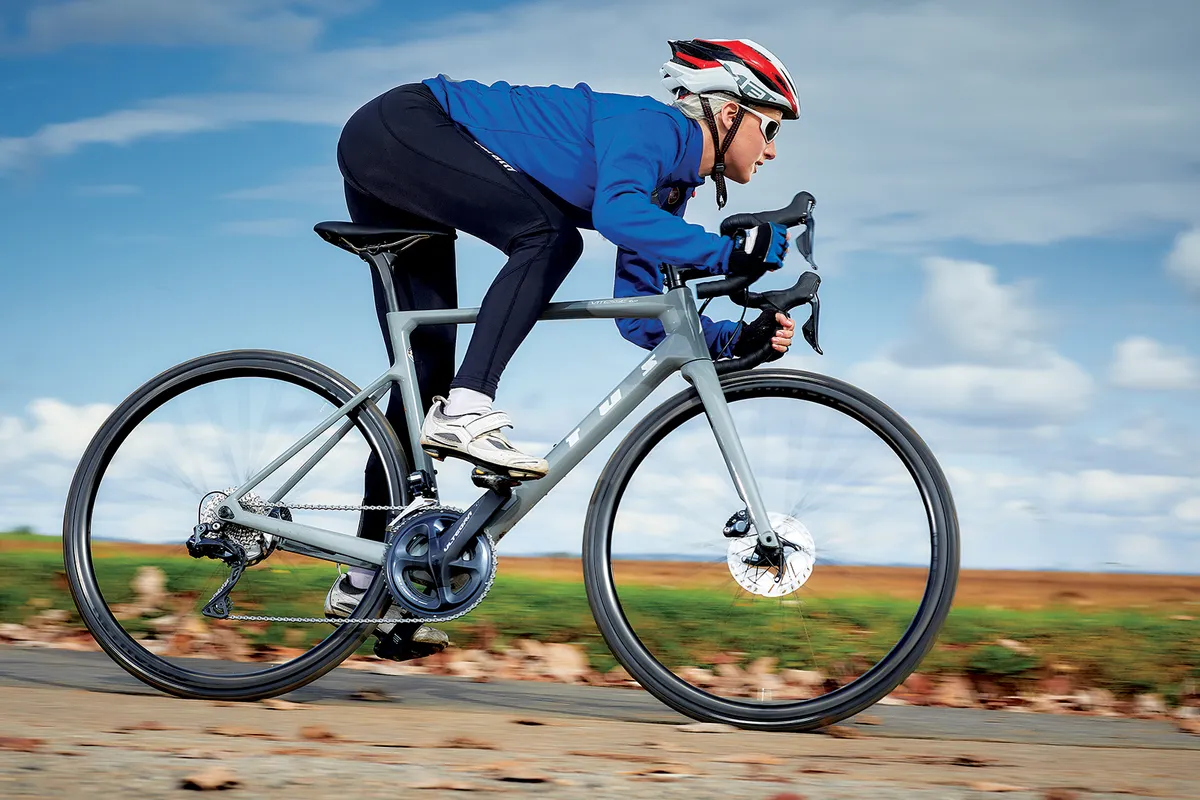
Probable cause
Back pain is one of the most common ailments for cyclists, with lack of flexibility and bad posture generally the cause.
“The natural, neutral position for the human body is standing with all your muscles in balance,” says Edwards. “So, the minute you start reaching forward, you’re stretching some of those muscles more than they are used to, and potentially holding that stretch for hours at a time.”
This over-stretches the ligaments, causing them to over-strain, which can lead to localised lower back pain, though generally with no referral of pain into the legs, according to Edwards.
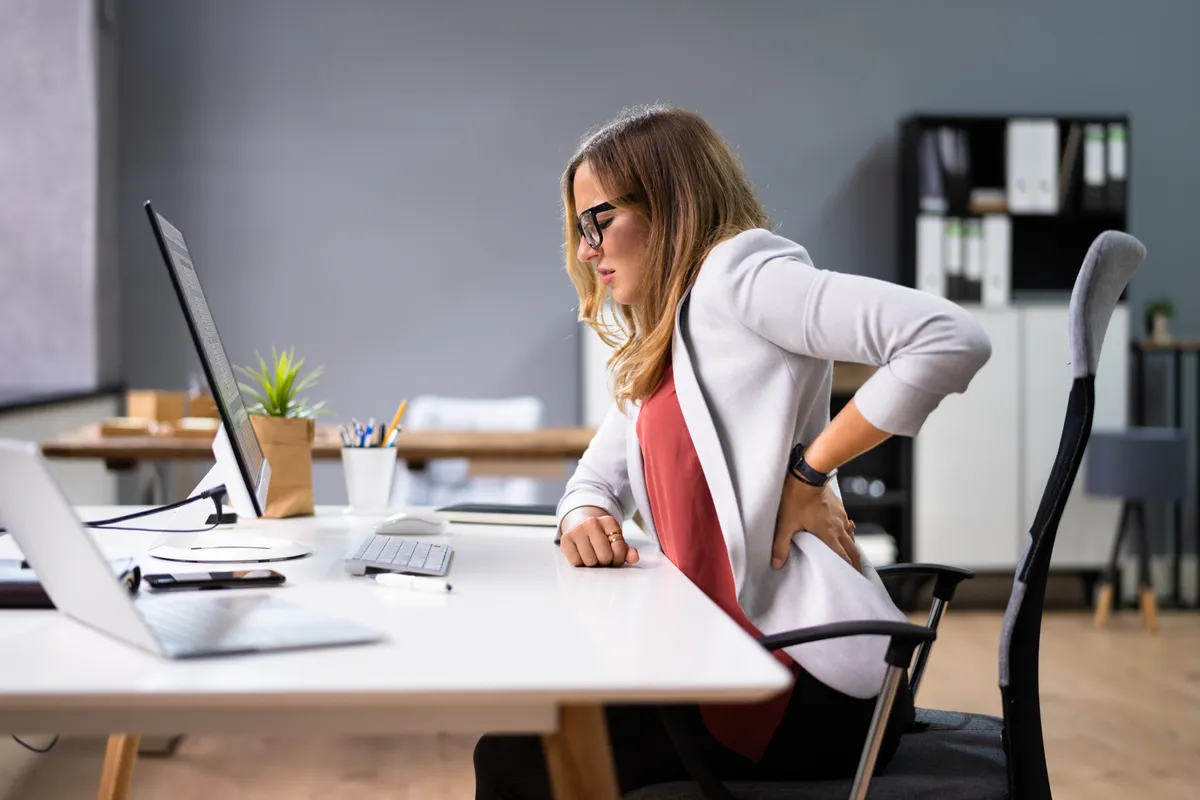
This forward-bent position can also result in injuries to the trunk flexor and lumbar muscles and the sciatic nerve, while the muscle groups not involved in the movement can easily become tightened and shortened.
If you sit at a desk all day or drive lots, you’re likely to have poor posture. “That makes you even more vulnerable to back injury from over-stretching on the bike,” asserts Edwards, “putting too much pressure on the fibrous outer protective discs that protect your spinal vertebrae from shock.
"The result can be bulging discs, herniated or slipped discs, which in turn can cause sciatic nerve pain."
Treatment
Get your workstation assessed by a physiotherapist or ergonomics expert so that your at-work posture can be the best possible.
Just as important is to take regular breaks so that you’re not sitting for hours in the same position.
“Every three-quarters of an hour, sit upright,” says Edwards, “and bend back on your chair to straighten out. Pull your shoulders back and down, working the body in as many directions as possible.”
Here are two exercises your can try:
Shrug it off
To release stress and tension from your neck and shoulders while seated at your workstation, lift your shoulders up towards your ears, squeezing them as hard as you can.
Hold for a couple of seconds and roll them back as you relax down. Repeat this eight to 10 times.
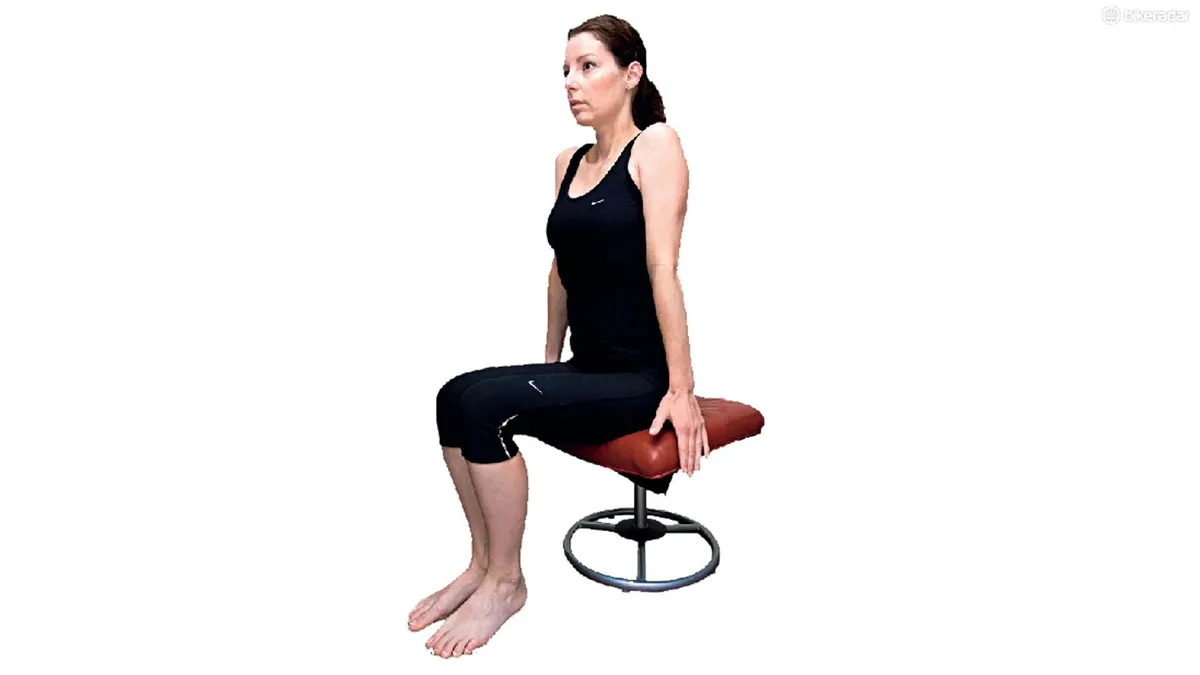
Reach for the sky
To improve your posture and stretch all the muscles in your back, sides and arms, lace your fingers together and stretch straight up towards the ceiling.
Breathe in deeply as you stretch as high as you can, then exhale and open your arms, sweeping them back in a wide arc down to your sides.
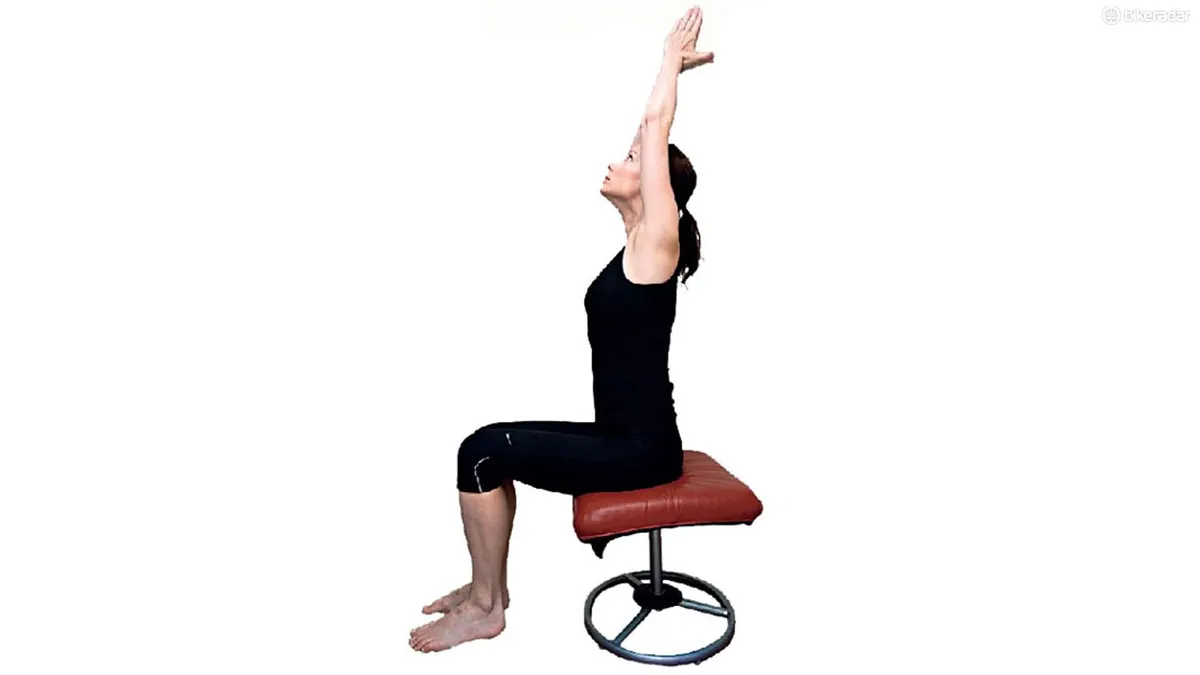
As with neck problems, the easiest way to avoid back pain from over-reaching is to change your bike setup.
Raising your bars by flipping your stem or adding spacers to your headset, or choosing a shorter stem, will let you ride more upright and avoid over-stretching in the first place.
The same goes for changing your hand positions on the bars — don’t spend all day riding on the drops, instead sit up and ride on the hoods or bar tops to give your back a break.
Groin pain
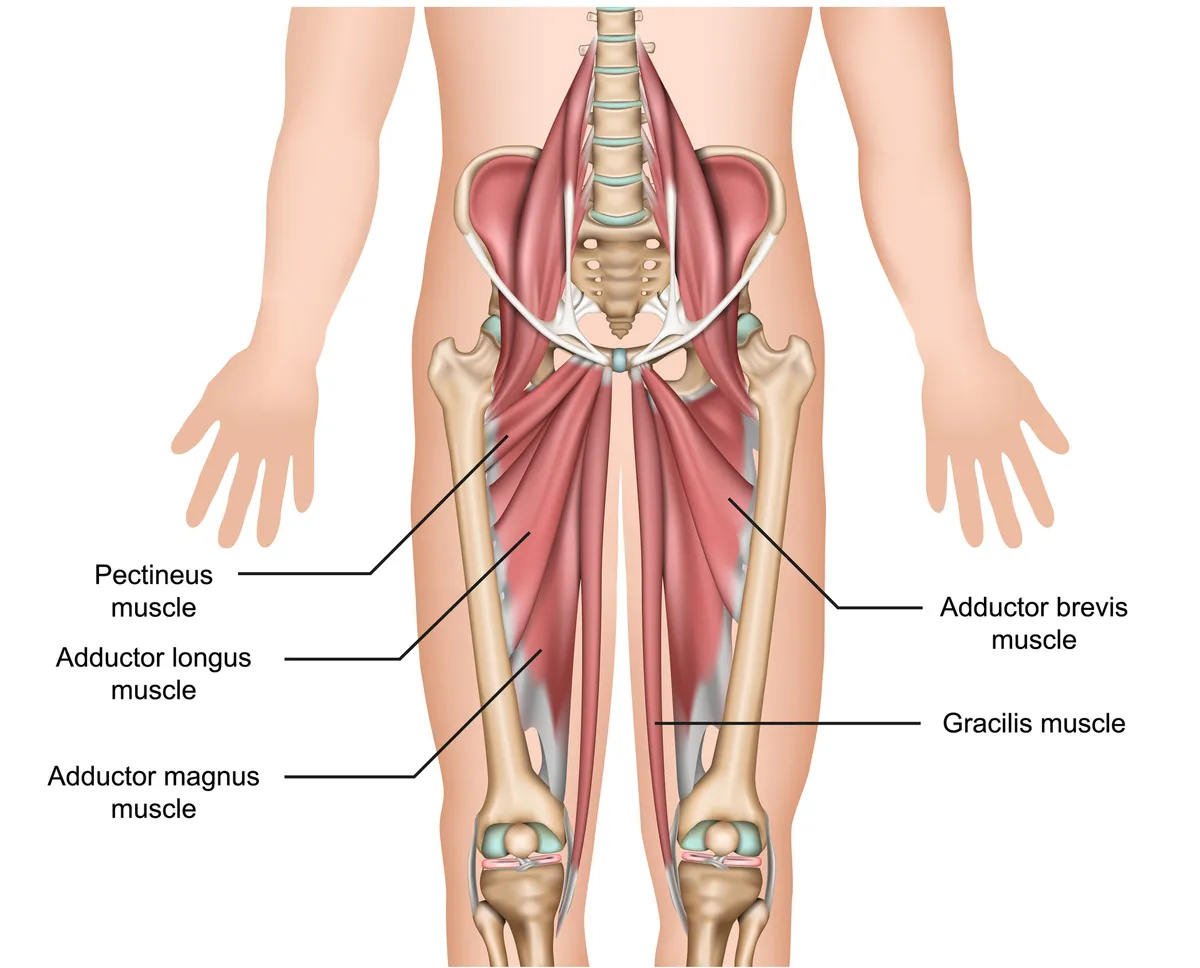
Probable cause

Unlike footballers, who twist and turn when playing or training, cyclists are unlikely to strain their adductors. Instead, pain or discomfort in the inner leg muscles is often hip-related.
Bianca Broadbent, a physio and bike fitter from Fit Your Bike, identifies hip arthritis, a labral tear in the hip or femoroacetabular impingement as probable causes. These three impediments all diminish hip joint mobility.
Cyclists can also feel soft-tissue groin pain in the ‘crease’ where either leg meets the abdomen. Friction here can cause the skin to break and abrade.
Treatment
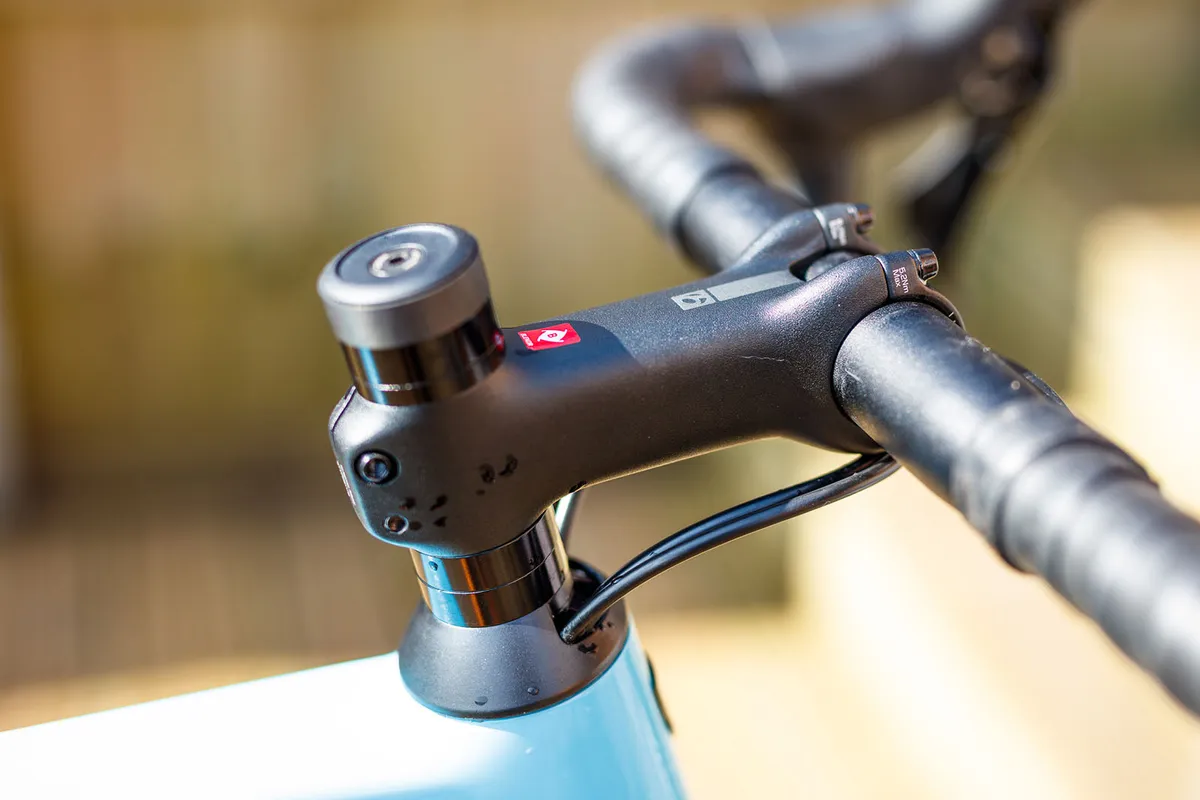
Broadbent says making your position on the bike less aggressive can alleviate pressure on hips with limited mobility. One way to do this is to raise the height of your handlebar.
Stretching could make things worse for riders whose hips are impinged by aggravating the soft tissue around the hip joint, according to Broadbent.
Crank length, saddle height and cleat position are other factors to consider.
Choosing the right saddle for you and angling it correctly is also critical.
Observe good hygiene by showering straight after a ride and washing your bib shorts each time.
Don’t shave hair around the groin as this can irritate the skin, says Broadbent.
Some cyclists find chamois cream reduces friction in this area.
